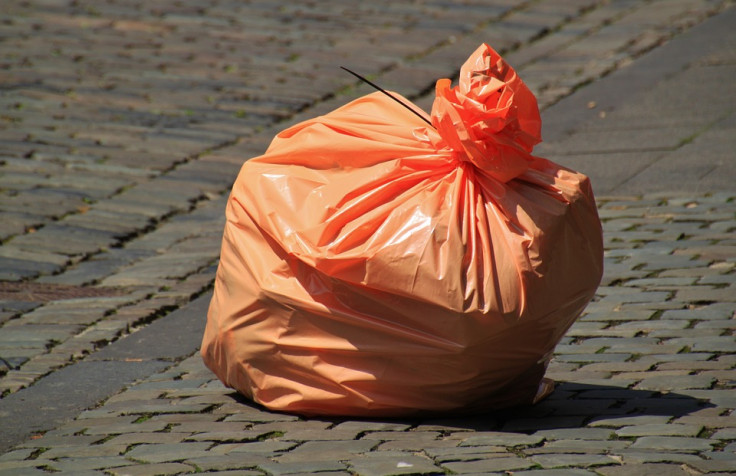You may be consuming plastics the size of a credit card every week without even knowing it
In one month, people may consume 21 grams of plastic, equivalent to one Lego brick and in six months, the amount could increase to 125 grams.
Plastic is not just a huge problem for the environment but it is also a very big problem for humans. A recent study showed that people may be consuming plastics equivalent to the size of a credit card every week.
A study conducted by the World Wildlife Federation International showed the amount of plastic that is being ingested by people. It stated that people may be ingesting an unbelievable amount of plastic in a lifetime.
The researchers noted that plastics could end up being consumed as they get to mix with drinking water. Another source of plastic is seafood. People might not know it but these sea creatures end up consuming bits and pieces of plastic that end up in seas and oceans. In fact, the Ocean Conservancy has estimated that there are now eight million metric tonnes of plastic in the oceans.
The WWF report stated that in one month, people get to consume 21 grams of plastic, equivalent to one Lego brick. In six months, the amount increases to 125 grams, which is enough to fill a cereal bowl. In a year, the amount could fill up a dinner plate. In 10 years, that would be about 5.5 pounds, and in a lifetime, it is estimated that humans ingest 40 pounds or more, equivalent to an approximate weight of two plastic recycling dumpsters.
Malcolm Hudson, a contributory author to the WWF study and the lead researcher on plastic pollution at the University of Southampton, said that although humans get to swallow plastics from food, these plastics most often pass through, and may not even harm individuals at all. At the same time, he also stated that at the nanoparticle level, the plastics may be absorbed by the digestive system and would end up in the different organs of the body.
Hudson said he thinks if people would continue with their ways at the present rate, wherein more plastic is produced without proper management of waste, there would come a time that the threshold levels will be exceeded. When this happens, harm will not only fall upon the environment but also on humans.
© Copyright IBTimes 2025. All rights reserved.






















